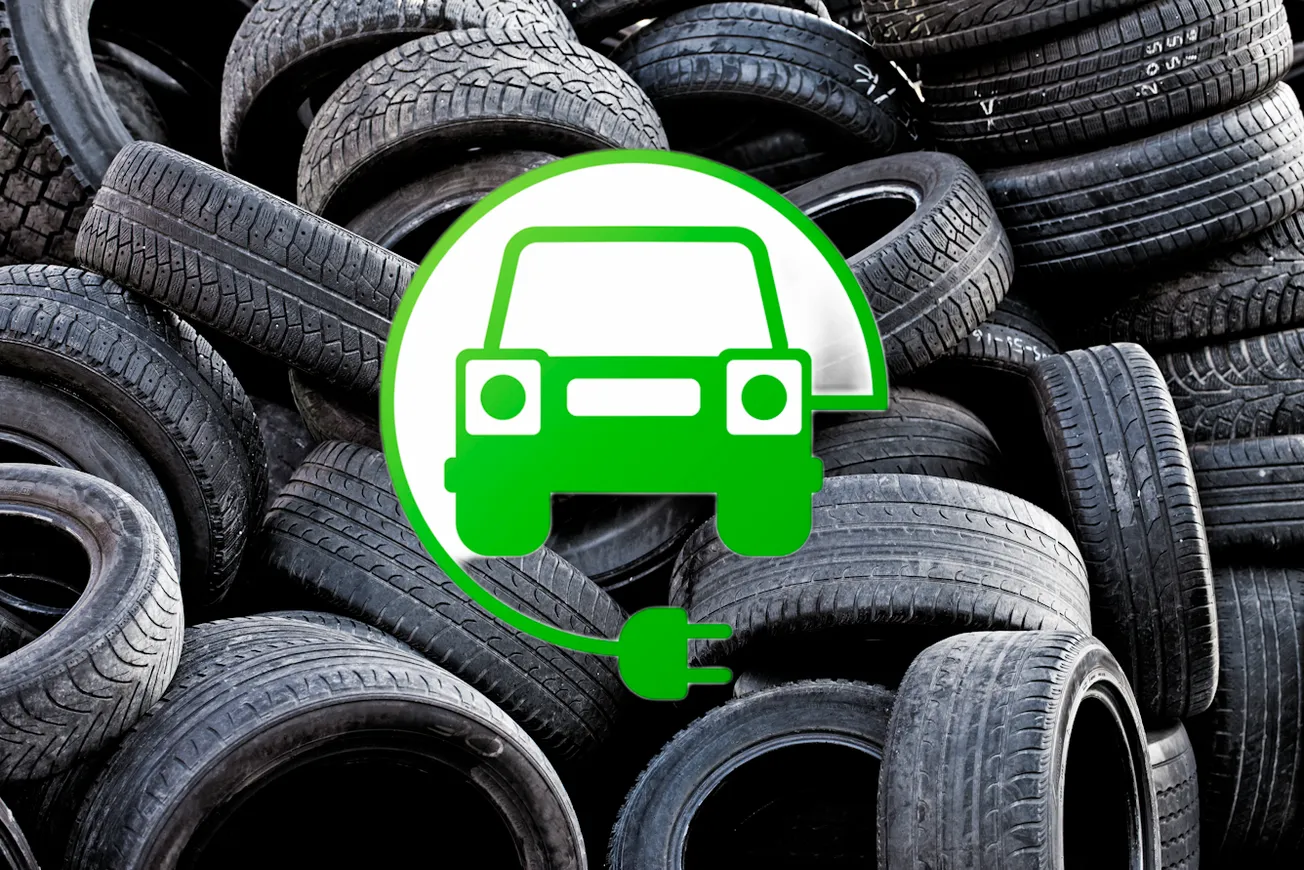A portion of the recently released by the Environmental Protection Agency reads:
(...) air pollution from motor vehicles continues to impact public health, welfare, and the environment. Motor vehicle emissions contribute to ozone, particulate matter (PM), and air toxics, which are linked with premature death and other serious health impacts, including respiratory illness, cardiovascular problems, and cancer. This air pollution affects people nationwide, as well as those who live or work near transportation corridors. In addition, the effects of climate change represent a rapidly growing threat to human health and the environment, and are caused by GHG emissions from human activity, including motor vehicle transportation. Addressing these public health and welfare needs will require substantial additional reductions in criteria pollutants and GHG emissions from the transportation sector. Recent trends and developments in vehicle technologies that reduce emissions indicate that more stringent emissions standards are feasible at reasonable cost and would lead to significant improvements in public health and welfare.
One method by which the EPA proposes to achieve its goal is by mandating that by 2032, 70% of new vehicles hitting the market should be pure battery-powered electric (EV) or hybrids. Considering that many auto manufacturers are dialing down EV production due to falling demand, the latest push seems out of touch with ground realities.
Not just America, but no country in the world, is ready for such a paradigm shift in transportation. Despite the laudable "trends and developments in vehicle technologies," the electricity needed to run these "non-polluting" battery-powered vehicles is still primarily generated using coal or natural gas, both fossil fuels.
Hence, even if the cars do not burn gas, the electricity used to power them will not be as 'clean' as one would like. Wind and solar power are not dependable sources, and their production varies depending on factors beyond human control.
70% of car sales today translates to 10 million vehicles. The US power grid would have to be scaled up substantially to power ten million electric cars without causing outages. Plus, during winter, battery-powered vehicles lose up to 40% of their range, making them a significantly less viable option for much of the country.
Besides, environmental damage and pollution are inherent in EV manufacturing practices. The battery that runs these fossil fuel-free vehicles comprises carbon and other rare earth minerals. Diana Furchtgott-Roth, director of the Center for Energy, Climate, and Environment at the Heritage Foundation, states:
Mining battery ingredients causes environmental damage. EV batteries weigh about 1,000 pounds and can reach 2,000 pounds. About 100,000 pounds of ore are needed to get the lithium, cobalt, nickel, graphite, and copper to make the batteries function. To get the 100,000 pounds of ore, it's necessary to move 500,000 pounds of earth.
While the additional load on the power grid, the time taken to recharge the battery, the limited range of the vehicles, and the scarcity of rare earth are all issues that are often discussed when comparing internal combustion engines to electric-battery-powered vehicles, another matter gets little attention—tire wear.
With the advancements in automobile tech, the vehicles' tailpipes are no longer the primary source of particulate emissions. Due to more efficient exhaust filters, particulate matter (PM) from exhaust emissions has significantly reduced over the years. Meanwhile, PM emissions from non-exhaust sources have increased in recent years.
According to the Organisation for Economic Cooperation and Development (OECD) iLibrary website:
Non-exhaust particle emissions from road traffic consist of airborne particulate matter (PM) generated by the wearing down of brakes, clutches, tires, and road surfaces, as well as by the suspension of road dust.
It is well known in the automotive world that tire wear emissions are rising as vehicles become heavier. Aggressive driving and additional power only add to the problem. As tires degenerate, they release tiny, often toxic particles. According to a 2022 study, pollution from tire wear is 1,850 times worse than exhaust emissions.

Though EVs enjoy the tag of a "zero emission" mode of transport, their tire wear is equal, if not more than, that of internal combustion engines, as these battery-run vehicles are heavier than their fossil fuel-burning counterparts. Weighing about a third more than the hybrid variants, EVs are estimated to emit roughly one-quarter more particulate matter from tire wear. Policymakers are hoping that EVs will become lighter in the future.
However, with EV manufacturers vying to increase the vehicle's range and reduce recharge cycles, EVs may use larger batteries, adding to their weight. Should that be the case, the strident move towards EVs would fail to achieve its primary goals —"pollution-free" vehicles and a cleaner environment.
A lesson for Biden. In fiat vs. consumerism, fiat is destined to fail.









